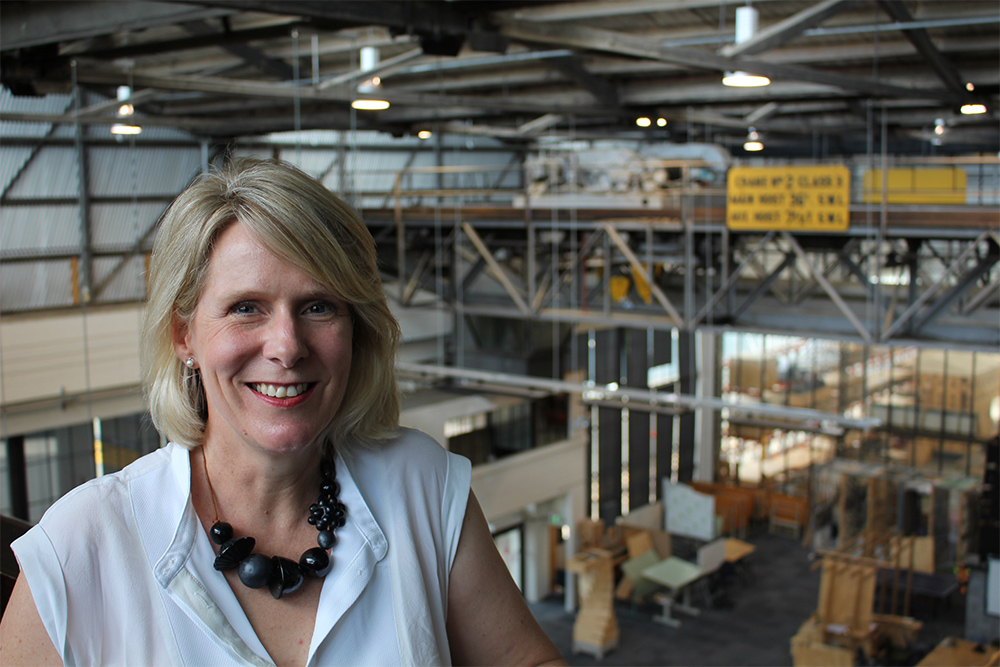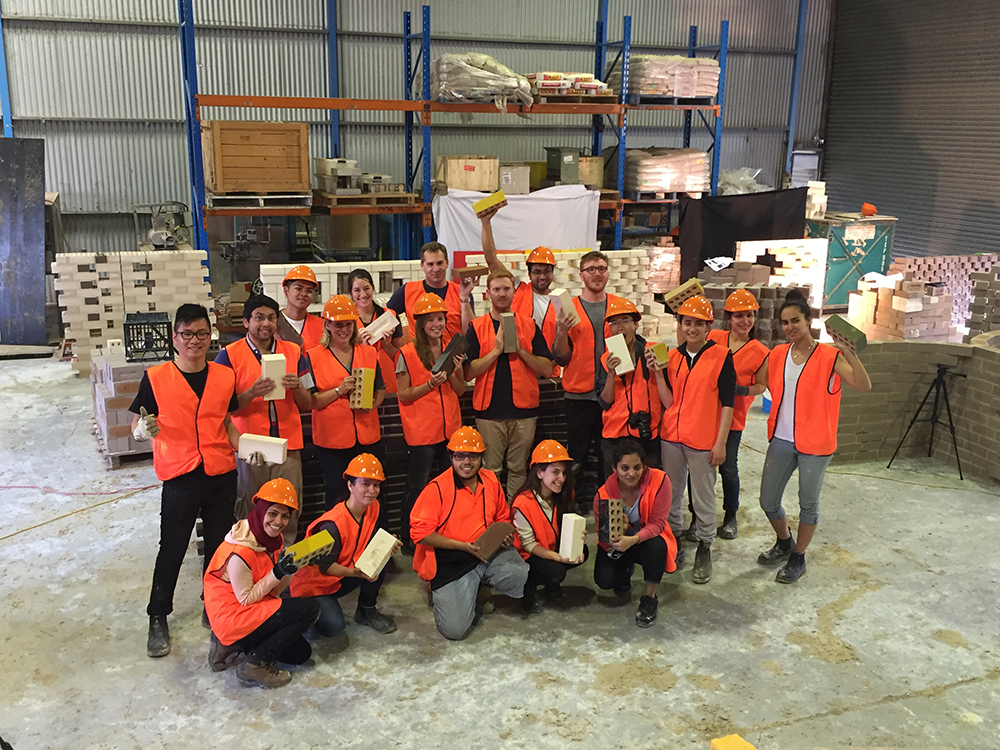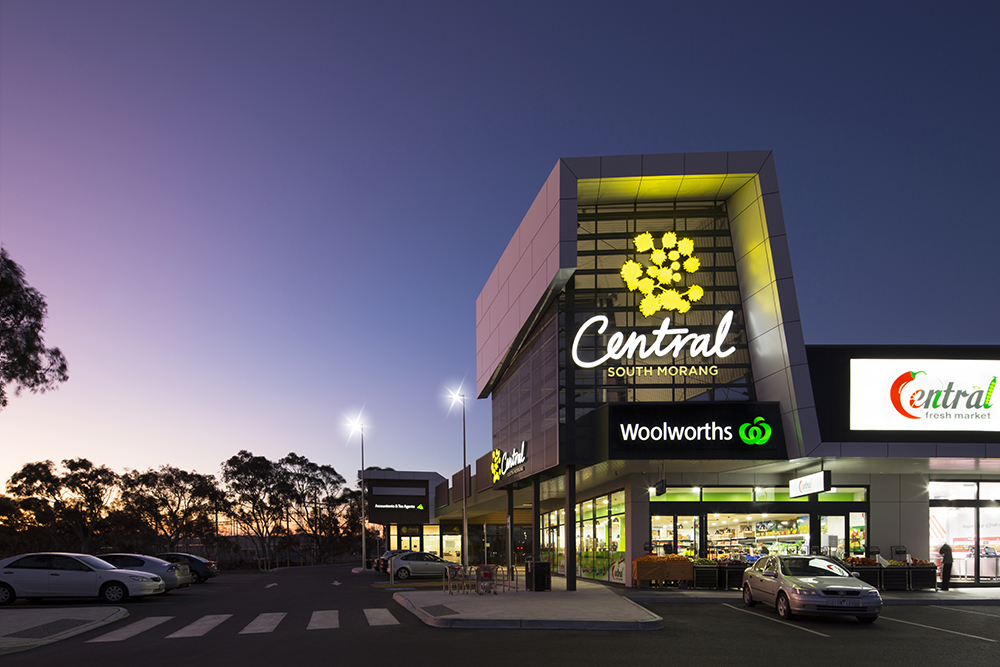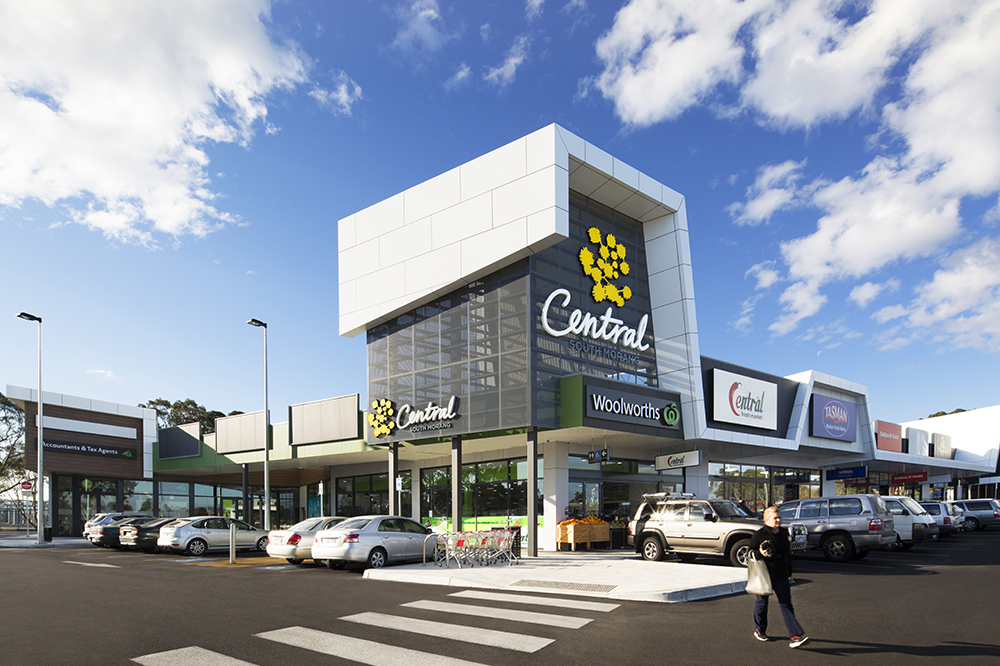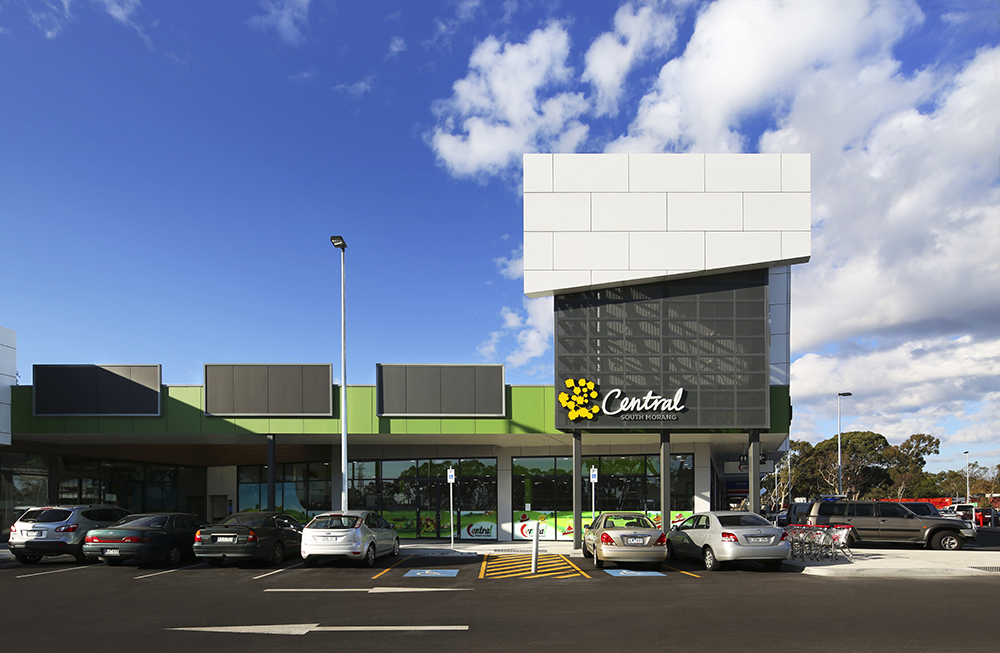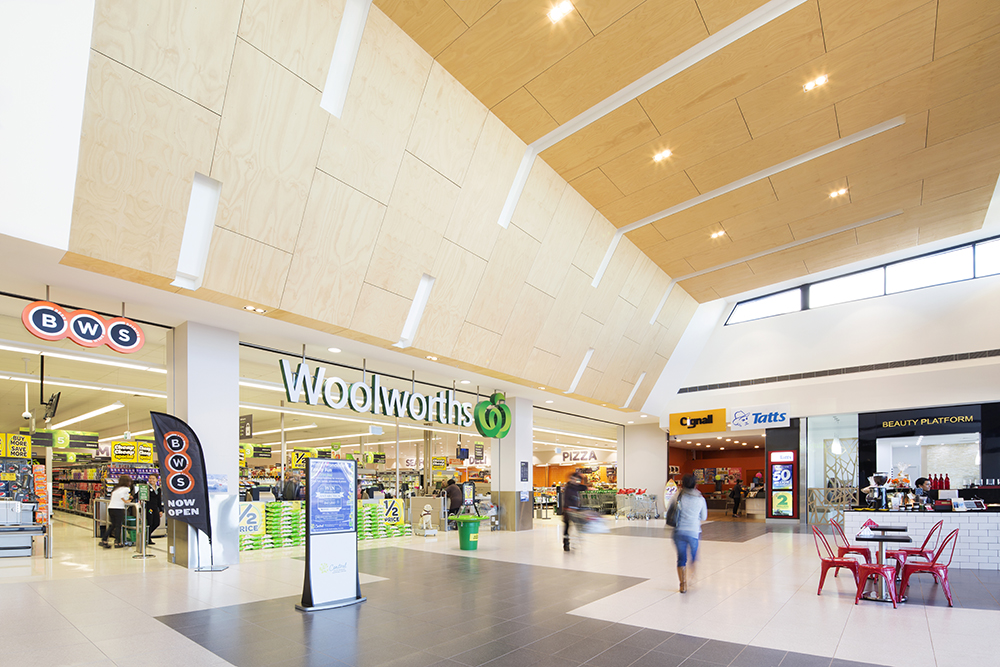Apr 2016
This month
National Construction Code 2016
NCC 2016 is currently available online and will come into effect on 1 May. The Institute made a number of recommendations for changes to the code. Proposals that did not proceed to inclusion in the 2016 edition were the energy efficiency verification methods JV2 Stated value and JV3 Reference building for class 2 buildings. In response to industry feedback, the Australian Building Codes Board intends to consult more widely with industry on these items.
The review of the NCC is on a 3 year cycle. Proposals for change for the NCC 2019 are open from now until 1 Sep 2017 and public comment will be taken from 1 Feb 2018 to 13 Apr 2018. If you have any comments you would like the Institute to put forward on your behalf, please forward them to policy@architecture.com.au
What you said
The member survey issued in February asked members to rank public policy issues according to their importance. The top five issues are:
- Quality of the built outcome (60.87%)
- Climate change adaptation and mitigation (49.92%)
- Affordable housing (42.34%)
- Long term infrastructure planning and funding (38.92%)
- Reducing red tape in the planning, development, building and construction processes (35.30%)
This will inform the Institute’s position for the upcoming Federal election.
The Value of Design
The Architects Accreditation Council of Australia conducted Gallup Poll on how the community values design. Almost all Australians (97%) believe that cities and towns are better to live in when public buildings and public spaces are well designed. People appreciate good design. Almost everyone also agrees that each of seven design aspects of public buildings is important. The design aspects of public buildings and spaces that have the greatest level of importance for Australians are ‘the building makes good use of space’ (70% say ‘very important’) and ‘that open space is provided for the use and enjoyment of the public’ (66% say ‘very important’). Find out more results from the Gallup Poll.
Advocacy in Victoria
The Victorian Chapter has strengthened relationships with Government as an outcome of a number of events and initiatives. The Chapter is partnering with the OVGA (Office of Victorian Government Architect) to deliver a response to the Christmas bushfires in Wye River that saw around 130 homes lost. Rather than repeat the bushfire response from the 2009 Black Saturday fires, the Chapter is working with a number of members and the OVGA to stage a public exhibition plus design advisory support for those that lost homes in the fires.
In another initiative, the Chapter provided last minute support to Creative Victoria to help them deliver a program of events for two design-focussed trade missions (Hong Kong and Italy) that visited Melbourne during Melbourne Fashion week.
The Chapter continues to engage with the Government on the introduction of Apartment Design Guidelines; the refresh of Plan Melbourne; a new review of the residential zones reform process that occurred under the previous government; the continued fallout from the Lacrosse building fire in Nov 2014; the development of the Building Legislation Amendment Bill 2015; and the review of the interim height controls put in place in 2015.
In terms of the Lacrosse Fire, the VBA in February published a report detailing the findings of its external wall cladding audit and the steps they will take in relation to these findings. The VBA audit concluded that the rate of non-compliance was high (51%) but was of a low risk and all buildings remain safe to occupy. Also identified were issues with documentation and design detail and that decision made by different categories of building practitioner throughout the construction process contributed to the rate of non-compliance. The Chapter will continue to consult with the VBA alongside other stakeholders, and are using this forum to advocate for the registration of Project Managers. The VBA has released a technical advisory note on the use of cladding on high rise buildings.
The Victorian Chapter has been involved in a number of Government/industry roundtables advising on the development of industry strategies to sit behind the newly launched Future Industries Fund. The $200 million Future Industries Fund is focused on industry sectors that have the potential to drive significant jobs growth and investment in Victoria. Architecture sits within 2 of the 8 strategies: Construction Technology Strategy and Professional Services Sector Strategy.
Canberra – City and Gateway Urban Renewal
The ACT Chapter made detailed comment on the city and gateway urban renewal strategy put forward by government. The chapter is supporting, in principle, development at higher density along the transport network, as it allows increased accommodation within the current urban boundary. However, it believes that government has not provided enough information for the community to provide adequate feedback.
ACT Government Tendering
Members have raised concerns with government about recent tendering practices, including the following:
- The unacceptable risk to medium and small design firms, and builders who would not be able to participate in the process.
- Government will not necessarily get the best outcome, because many builders and designers have excluded themselves from the process.
- The threat to the local economy if all the work is contracted to interstate firms.
- Protection of IP
Darwin Inner and Mid Suburbs Area Plans
The NT Chapter made submissions on the Darwin Inner and Mid Suburbs Area Plans, making a number of detailed comments. The Chapter is encouraging government to be more ambitious in its response to the future urban development and maturation of
Darwin.
Powerhouse Museum – Sydney
The NSW Premier has proposed moving the museum to a purpose-built building in Parramatta as a major addition to cultural facilities in Western Sydney. The new facility would be funded by the sale of the museum’s Sydney site for residential development.
The Institute’s NSW Chapter strongly endorses the new facility as an addition to the Ultimo museum, but opposes the demolition. The adaptive reuse of the historic power station building won the Sulman Medal in 1988. It is listed on the Chapter’s non-statutory Register of Significant Architecture and on the statutory Sydney Local Environmental Plan 2012.
Design Excellence in Parramatta
Parramatta City Council has released a discussion paper with a set of proposals aimed at exerting greater control over major developments in Sydney’s second city. They include appointment of a City Architect, creation of Design Excellence Review Panels and mandatory competitions for buildings above a designated threshold. The NSW Chapter has delivered a submission endorsing the broad thrust of the proposals.
Built Environment Meets Parliament NSW
The national Built Environment Meets Parliament (BEMP) initiative has been strongly supported by the Institute since its first event in 2008. The NSW Chapter has also been involved in the planning for a Built Environment Meets Parliament event in the NSW Parliament in August this year. Consult Australia is coordinating this inaugural event.
Development Assessment Panels (WA)
The WA Chapter affirmed its support for Development Assessment Panels following recent media attention casting doubt over the efficacy of the system. The chapter believes that DAPs have worked well since their inception in 2011 and that it is inherently better that major developments are decided after professional consideration, rather than sometimes short sighted activism and very localised politics.
Smart ICT in the design and planning of infrastructure
A more coordinated and integrated approach to the development and application of smart ICT to infrastructure is one of the key recommendations to Government in a report released by the House of Representatives Committee on Infrastructure, Transport and Cities.
The central recommendation of the report is the formation of a Smart Infrastructure Task Force—based on the UK model—to provide national coordination between governments, industry and researchers.
National Carbon Offset Standard will be extended to buildings, precincts and cities
The federal government has announced the National Carbon Offset Standard will be extended to buildings, precincts and cities, expanding the standard’s reach from carbon neutral businesses, products, services and events. The government is in the process of establishing an expert committee for carbon neutral precincts and cities, with the goal to have Australia’s first officially certified and operating carbon neutral precinct or city by January 2017. The committee will have representation from major cities, the Barangaroo Delivery Authority, the Green Building Council of Australia, the National Australian Built Environment Rating System and the CRC for Low Carbon Living.

